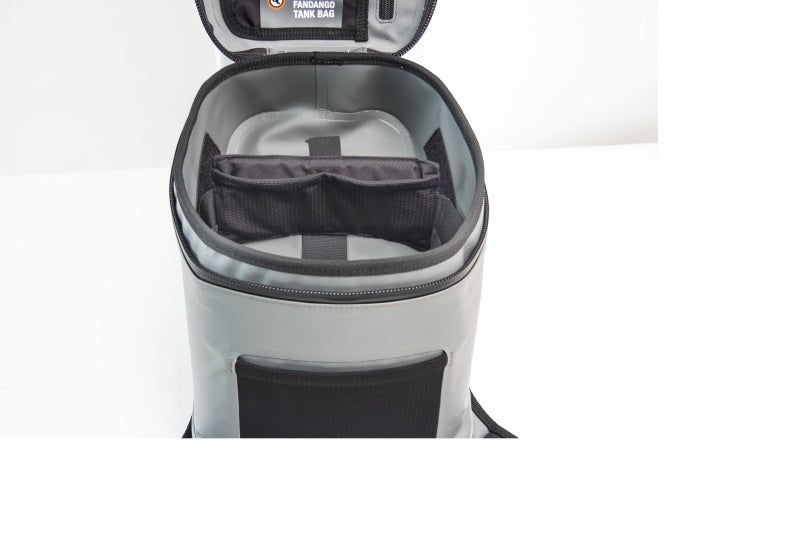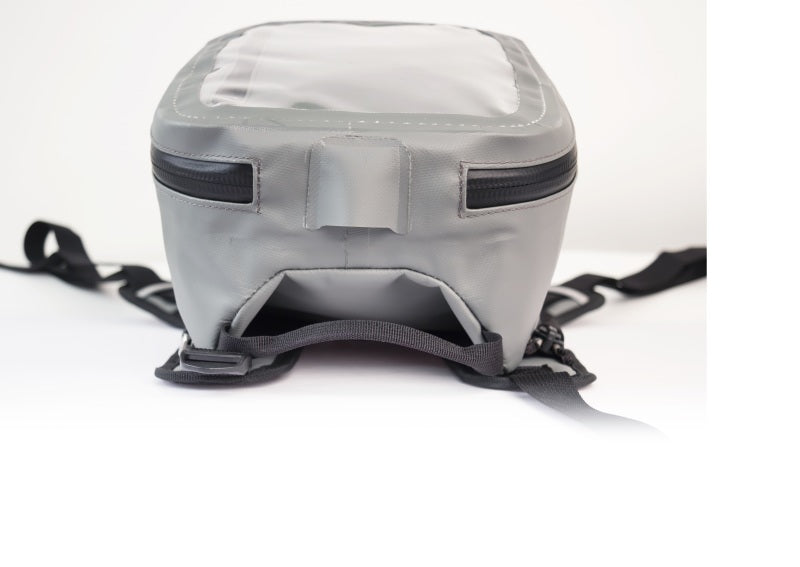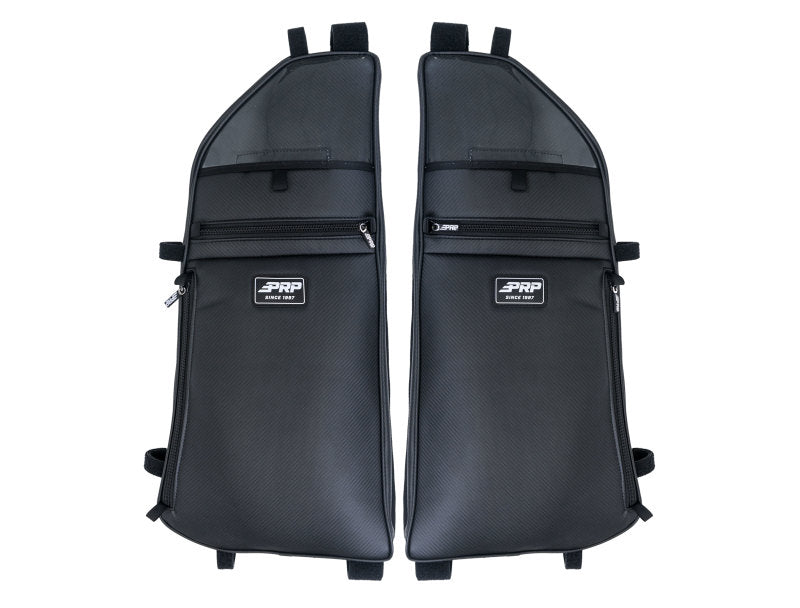Upgrading Your Mass Air Flow Sensor for Performance
You're tired of your car's mediocre performance, aren't you? It's time to consider upgrading your mass air flow sensor. This powerful little device plays a key role in your vehicle's fuel efficiency and overall performance. Let's dive into what a mass air flow sensor does, how to know when it's failing, and step-by-step instructions for an upgrade. You'll also learn how to maintain it for optimal performance. Ready for a smoother, powerful ride? Let's get started.
Understanding the Role of Mass Air Flow Sensors
You've got to understand that the mass air flow sensor's role is crucial as it measures the amount of air entering the engine, influencing your vehicle's fuel efficiency and performance. This sensor, often abbreviated as MAF sensor, is a key player in your car's engine management system. When the MAF sensor isn't working correctly, it can cause a range of problems, from poor fuel economy to reduced performance.
Now, you might be wondering, "How does upgrading my mass air flow sensor improve performance?" Well, a high-performance MAF sensor can handle a greater volume of air intake, allowing your engine to breathe better and operate more efficiently. By understanding this, you can see why upgrading your MAF sensor could be a smart move if you're aiming for enhanced performance.
Signs of a Failing Mass Air Flow Sensor
There're several signs that might indicate a failing MAF sensor, including a sudden decrease in fuel efficiency. This could be a signal that your mass airflow sensor is not performing as it should, impacting your vehicle's overall air intakes performance.
You might also notice your engine running rough or stalling, especially when idling. These are additional signs of a failing mass air flow sensor. You may feel that the car isn't running as smoothly as it used to, or it's losing power more often.
Now, you're probably wondering, what's the solution? Consider upgrading your mass air flow sensor for performance. A performance MAF sensor is designed for optimal air intake, resulting in improved fuel consumption and engine power.
An upgraded MAF sensor can offer significant performance upgrades. It can improve your engine's response time, ensuring it reacts swiftly and accurately to changes in air intake. This boost in efficiency can make a world of difference to your driving experience.
Selecting the Right Mass Air Flow Sensor for Upgrade
Selecting the right MAF sensor for an upgrade isn't always easy, but it's crucial for optimal vehicle functionality. The MAF sensor, or mass air flow sensor, is one of the most important car parts when considering a performance upgrade. It's the component responsible for measuring the amount of air entering your vehicle's engine.
Now, you might be thinking, "How do I go about upgrading my mass air flow sensor?" First, you've got to understand your vehicle's specific needs. Not all MAF sensors are created equal, so it's important to do some research before making your selection.
When shopping for a new MAF sensor, look for one that's compatible with your vehicle's make and model. It's also a good idea to read reviews from other car enthusiasts who've performed similar upgrades. This can give you a better idea of what to expect in terms of performance.
Step-by-Step Guide to Upgrading Your Mass Air Flow Sensor
Starting with the disconnection of your car's battery, let's walk through the steps to replace that old MAF component. This step-by-step guide will make upgrading your mass air flow sensor a breeze.
First things first, ensure your safety. Disconnect the negative terminal of your car's battery. This'll prevent any accidental shorts while working with the electrical components.
Next, locate your MAF sensor. It's typically found in the air intake duct flow path. You'll have to disconnect the sensor plug and unscrew the sensor from the duct.
Now, it's time to upgrade your MAF sensor. Take your new sensor and fix it into the position of the old one. Screw it in properly and make sure it's firmly secured. After that, reconnect the sensor plug.
Lastly, reconnect your car's battery and start the engine. Check for any changes in the performance. The upgraded MAF sensor should improve the air flow and thus the performance of your car.
Necessary Tools for Mass Air Flow Sensor Upgrade
Before we dive in, it's essential to gather the right tools for this job, which include a screwdriver, a new MAF sensor, and safety gloves. You're upgrading your mass air flow sensor for performance, and you can't afford to skimp on the necessary tools for mass air flow sensor upgrade. Without these, your efforts might fall flat.
The screwdriver is crucial for the removal of the old MAF sensor. It's the workhorse of the job, and you'll be using it quite a bit. The new MAF sensor, of course, is the star of the show. This is where the performance upgrades come in. With a new and improved mass air flow sensor, you're enhancing the air flow in your engine, boosting its overall performance.
Safety gloves are an often overlooked but incredibly important tool. They protect your hands from any sharp edges and keep them clean. Plus, they help you get a better grip on your tools.
Tips for Maintaining Your Upgraded Mass Air Flow Sensor
Now that it's installed, maintaining the new equipment is crucial for ensuring it continues to work efficiently. You've taken the leap in upgrading your mass air flow sensor, but that's just the first step. Proper maintenance of your upgraded mass air flow sensor is critical to sustain its performance.
Here are some tips to help you keep your mass airflow sensors working at their best. First, keep the sensor clean. Dirt and dust can affect the sensor's ability to monitor airflow accurately. Use a soft cloth to gently wipe the sensor's surface.
Next, avoid harsh cleaning chemicals. They could harm the sensitive parts of the sensor. Opt for approved cleaners specifically designed for airflow sensors.
Third, monitor the performance of your sensor regularly. If you notice any changes in your vehicle's performance, it could be a sign that the sensor needs attention.
Lastly, protect your sensor from extreme temperatures. Both high and low temperatures can affect the lifespan and performance of your mass airflow sensors.
Evaluating the Performance Improvement After Upgrade
It's essential to evaluate how well your vehicle's running after the upgrade, as this can give you a clear indication of its effectiveness. You've taken the leap in upgrading your mass air flow sensor for performance, but how do you gauge the impact?
After you upgrade the sensor, monitor your performance closely. This isn't just about speed or power. You're looking for improved fuel efficiency, smoother acceleration, and better overall handling. Upgraded MAF sensors should give your vehicle a noticeable boost.
Next, pay attention to the flow. A key function of an upgraded MAF sensor is to precisely measure the amount of air entering your engine. If your vehicle seems to be running more smoothly and efficiently, that's a good sign the sensor is doing its job.
Don't forget to check your air filter. A clean, well-maintained filter can enhance the performance of your MAF sensor, especially after an upgrade.
Lastly, if your vehicle is a GM, you're in luck. These models often show significant performance improvement after MAF sensor upgrades. They're designed to work well with upgraded MAF sensors.





